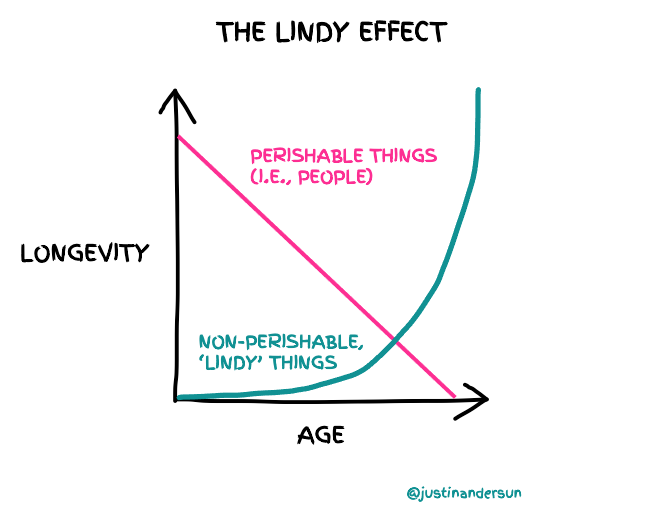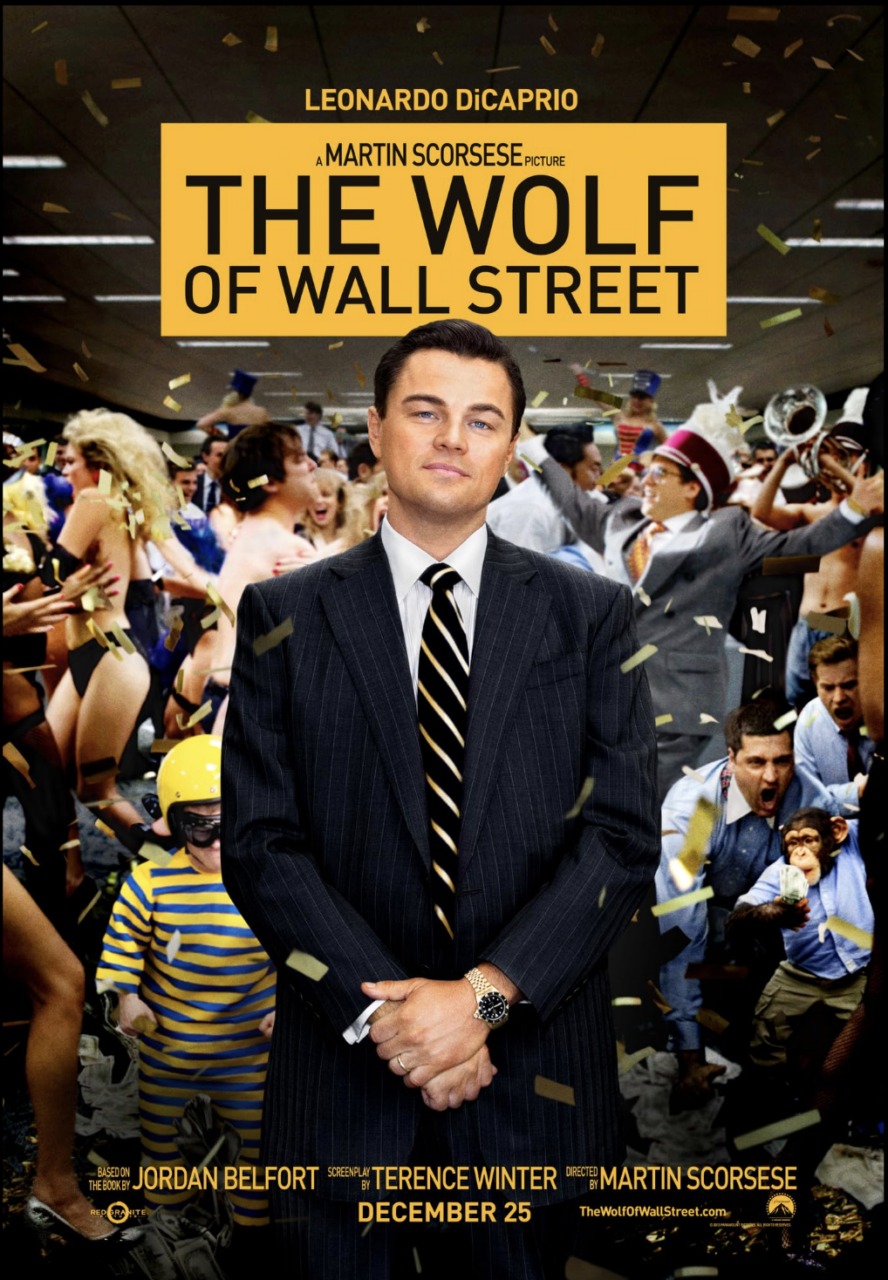We’ve entered an era where businesses have become very creator-focused. This poses some real issues for brands that aim to grow and achieve business longevity.
Creator-focused is when companies are reliant on a key player within the business, usually the founder. But if everything hinges on one person to keep the business afloat, it can be earth-shattering if they suddenly leave the company.
In this post, we’ll dissect the inverse entrepreneur effect, how it has permeated our current generation of companies, and how these brands can grow out of it to achieve staying power that outlives a single person.
Redefining the Pyramid: The Inverse Entrepreneur Effect
Traditionally, the business world resembled a pyramid, with the CEO at the apex and the workforce forming the base:

However, times have shifted, and the pyramid has been inverted:

Even more so than a typical inverted pyramid for a standard company, the spotlight these days rests on creators and influencers — the lifeblood of this new model. Think Emma Chamberlain, Logan Paul or Mr. Beast. These content creators hold the foundation upon which companies now build.
However, this inverse pyramid introduces a unique challenge — the newfound reliance on creators. Should a creator face health issues or unforeseen circumstances, the business can quickly crumble.
This dynamic is the crux of the inverse entrepreneur effect, a phenomenon that has emerged with the rise of the creator economy.
The Conundrum of Reliance
Consider the gravity of this shift: Companies are becoming increasingly reliant on the brands they’ve cultivated. A Tony Robbins, a LeBron James or a Neil Patel — these iconic figures embody the very essence of their businesses. Yet, this also leaves businesses vulnerable. If such a figure is suddenly absent, the enterprise is left teetering on shaky ground.
Even within historic brands, the founders’ identities can fade into obscurity as the brands themselves become icons. This highlights the Lindy effect — the notion that entities with a long history are likely to endure for a considerable period:

Brands that have stood the test of time tend to carry forward, providing a buffer against the ravages of change.
Enduring brands possess a kind of time-tested magic — a resiliency that comes from weathering the storms of change. These brands transition from being synonymous with their founders to representing something far more profound: a concept, a lifestyle, and an unwavering commitment to excellence.
That’s the goal we ought to shoot for in our modern-day businesses: Learning how to grow out of reliance on one person.
An iconic example of curbing the inverse entrepreneur effect is Jordan Belfort’s approach. The Oscar-nominated film The Wolf of Wall Street famously romanticizes Belfort’s career success as a shady stockbroker:

The reason his business (Stratton Oakmont) was able to grow so well is that he learned early on that he needed to train others to think like he did.
He needed to create a bunch of mini-me’s that could emulate his exact sales pitches and perform as near-identically as he could. This meant that he could be absent for more than a day or week, and his business would continue flourishing.
In other words, he set the right gears in motion so that if he dropped dead, the business wouldn’t die with him (of course, as we all know, his business eventually died for other reasons).
Shaping Longevity Through Business Evolution
The path to business longevity lies in striking a balance between creator reliance and sustainable growth.
A creator’s unique persona can be a catalyst for initial success, but that success needs to transition into an operation that thrives beyond the individual. Creating a defensible brand mode and cultivating a robust business infrastructure is essential.
Begin with the inverse entrepreneur effect: Recognize that creators form the foundation. As your business grows, gradually transform this inverted pyramid into a traditional one. Picture this transformation like an hourglass — two pyramids linked by a bridge of business evolution.
Building Sustainable Operations
The art of achieving business longevity involves building operational structures that extend beyond individual creators.
Successful creators are adept at recognizing their limitations and are skilled at seeking guidance. As businesses scale, it’s crucial to bring in capable individuals who can operate seamlessly within the system.
An illustrative example is Logan Paul’s brand, Prime. While Paul and his partner KSI are the driving forces behind its creation, they have developed a self-sustaining business model. The brand isn’t solely reliant on its personas. Partnerships with major brands like Manchester United demonstrate their commitment to expansion and resilience:

Crafting a Legacy Beyond Key Figures
Mitigating the risk posed by a single key figure, whether founder or creator, is more than a strategy. It’s a necessity for securing the future of your business. The goal? To create an ecosystem where your business remains unshaken, even in the face of profound change.
Think of it as crafting a vessel that can sail through turbulent waters, guided not by a single captain but by a crew that embodies the values and mission of the enterprise.
The likes of Ogilvy and LVMH offer us glimpses into what’s achievable when businesses pivot towards resilience. These organizations, initially fueled by visionary leaders, have transitioned into a new era without losing their essence. The departure of the founders didn’t signal the downfall; instead, it became a stepping stone toward renewed growth and adaptability.
Last Word on Business Longevity
In the world of business, trends shift and paradigms evolve. The inverse entrepreneur effect reflects a seismic transformation in how businesses are structured and how they thrive.
Remember, business is about more than just the individuals who ignite its inception. It’s about creating a legacy that endures beyond the limitations of any single person.
As much as we might be inspired by the types of leaders who champion their own brand, we have to have the courage to look past them and onward to the future. We have to be willing to ask ourselves hard questions like: “How will the brand survive if ‘X’ person wasn’t here?”
For more insights and lessons about marketing, check out our Marketing School podcast on YouTube.



